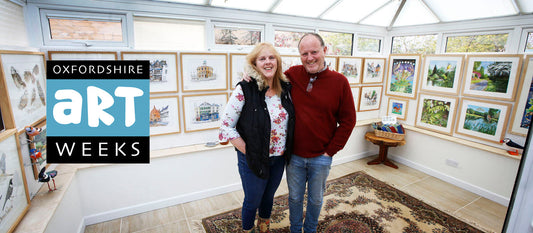
Meet Margaret, Queen of Callanish
This blog was first published in July 2006. It was republished in March 2022 in the light of Margaret's death in March 2022, aged 80. Read her obituary in The Guardian.
Decoder of the stones of Callanish

For more than 30 years, initially with her first husband Gerald Ponting and since 1989 with her second husband Ron Curtis, Margaret Curtis has single-mindedly devoted her energies to decoding the stone monuments at Callanish on the Isle of Lewis.
In June 2006, Moth and I and some other stone-hugging friends had the enormous privilege of meeting her as she took us on a detailed tour of the main Callanish monument, other stones in the area and a burial cairn she found and excavated near to her house by the roadside in Callanish village.
Margaret is a detective.
Five thousand years ago the people of Callanish erected the stones to chart the movements of the sun, and more particularly the moon, through their cycles. Using the stones, they could calculate exactly where the moon and sun would rise and set on what day, useful information for farming and fishing people. But they also used it for ceremonies, social rites such as marriages, funerals and even dramatic theatre.
Knowing exactly when and where the moon will appear provides a celestial light show for powerful people to impress others with their knowledge and ‘control’ of the heavens. Margaret Curtis has been decoding how they did this.

The great stones of Callanish. Photo by Moth Clark
Margaret is a scientist.
She says: “it’s a computer”. For three decades she has studied alignments from each stone and how it might relate to landscape features and the passage of the moon through the sky. This is archaeo-astronomy, a science which is only just being recognised as valid, rather than a bit loony-fringe.
Margaret is no-nonsense.
She takes a methodical, scientific approach. She measures, observes, surveys, measures again, checks her data again, then slowly, slowly put her observations together into theories based entirely on facts. Margaret doesn’t do guessing. Her work has even lead her to find stone circles which have become buried in peat which has grown up around the megaliths over the millenia. She’s definitely onto something.
Margaret is a lecturer.
She does detailed tours of the stones for anyone who’s interested: pagans, casual tourists, archaeologists, dowsers, meditators, astronomers, hippies, stone-huggers and yogurt-weavers. The day we met her she had escorted a group of shamanic astrologers around the site and the day we left, a group of druids.
She is careful not to ‘dis’ anyone’s beliefs, prefering to stick to the facts and what she knows to be true purely through her measurements and observations. She seemed to like our approach which was simply to find out ‘the what’ based on scientific study and a curiosity for everything neolithic. No goat-slaughtering and chanting mantras on ley-lines for us.
Margaret is a code-breaker.
Her knowledge of and enthusiasm for her subject is electrifying. While the rest of the UK basked in a heatwave we, in stiff, cool, westerly breezes with heavy showers pulsing across the sky, were taken around the stones for more than three hours. Despite the appalling weather and drenched to the skin, there was nowhere else I wanted to be.
She showed us how the alignments worked, why certain stones were certain shapes, why the stones were placed at apparently uneven intervals, what the outline of each stone pointed to, why some stones had crystals of hornblend on them, how the moon would appear in the circle and how the alignments related to the very many other stone monuments in the areas.
Margaret is a friend.
She seemed to like being with us. We were getting tired so we went back to our rented bungalow for tea and cake and to continue our discussions. She reached into her bag and got out more laminated diagrams to tell us about yet another mind-blowing way in which the monument worked with the moon. She lost me half way through the technical information but then as she revealed the theory it all fell into place! We were gobsmacked. And she seemed to have sussed it, thousands of years after it ceased to be used.

Detail from a watercolour sketch I made at the stones.
After our tour I wasn’t able to see the stones in the same way. Every time I drew them I knew that every angle, every notch, every surface, every interval might be significant. My drawing became more closely observed.
Margaret is an athlete!
She kept saying “I’m too old to be doing this anymore” as she vaulted over stiles, gates, barbed wire fences and skipped up boggy hillsides.
In his fantastic book, The Modern Antiquarian, Julian Cope devotes the whole of chapter seven to Margaret’s work with some really superb diagrams. Margaret’s first husband, Gerald Ponting explains more about Callanish on his website here.
Margaret was as unique and enthralling as the monument to which she devoted her life.



